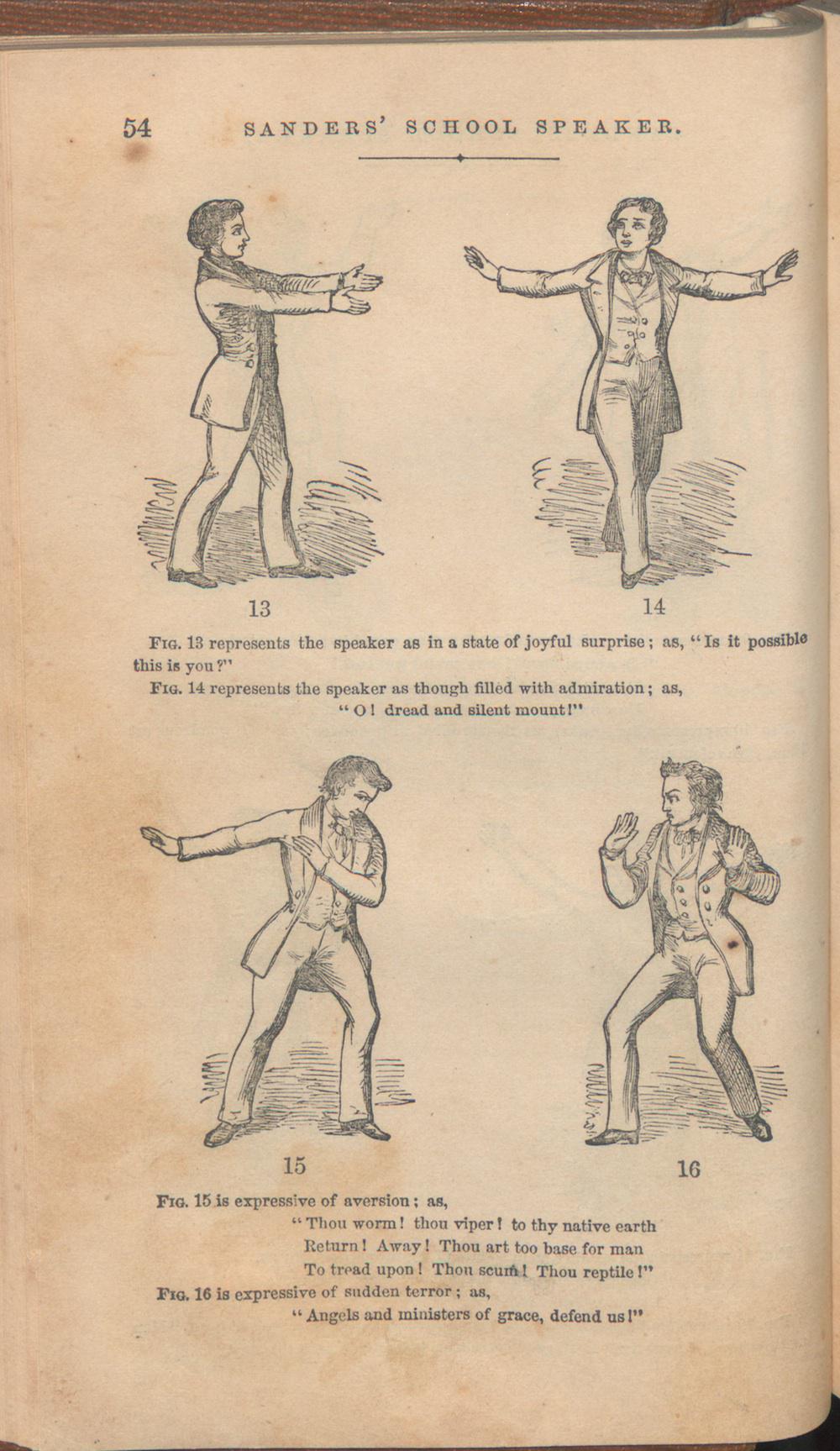The Science of Etymology: Context and Overview
Noah Webster’s A Philosophical and Practical Grammar of the English Language was published on March 12, 1807. In this small volume, Webster endeavors to compile scholarly work on etymology into a set of rules “for practical use” (Webster 1807:4).
In one sense, Webster clearly intended this work for practical use: he indicates in his preface that this work is intended as a thorough practical application of scholarly work, and this purpose is illustrated by the book’s manual-like structural organization. Nevertheless, this book may not have circulated to be widely used as an instructional resource for the average person. Writing to the “man of letters,” Webster assumes that the reader possesses scholarly background knowledge, and often addresses the reader as if to address ongoing academic discourse. Textual examples for Webster’s rules and analyses are mostly literary, biblical, or academic, and the book, though practically structured, is highly technical. Webster’s aims in this volume therefore combine scholarly argument and practical utility.
In his preface, Webster cites John Horne Tooke’s 1787 work, The Diversions of Purley, as an inspiration for his efforts in this volume. He summarizes Tooke’s central argument on etymology: “the indeclinable words, in our language, (and probably in all others) are derived from declinable words, and were primitively significant, as verbs, nouns, adjectives or participles.” (Webster 1807:4) Thus, in this work, Webster is expanding upon notions of language that place heavy significance on the historical interrelatedness of languages and their social implications. Hooke’s work is already very close to Bonfiglio’s (2002) observation that Webster conflates language with race and religion in his characterization of linguistic history.
Webster also depicts the study of grammar and etymology as scientific study and speaks through this positivistic frame throughout the book. This is another means through which Webster’s discussion of language parallels contemporaneous xenophobic constructions of race: by positioning his claims as scientifically founded, Webster’s ideology of proper language gains strength as a facet of national identity in the face of rapidly increasing racial and national diversity.
Webster indexically aligns the English language with a deep and proud cultural and religious heritage by invoking culturally significant texts and respected figures as symbols of proper language. Webster then leverages this positivist, erudite discussion of language to align everyday spoken English with this historical connection, thus strengthening the ideology of language as inextricable from racial and national identity.
